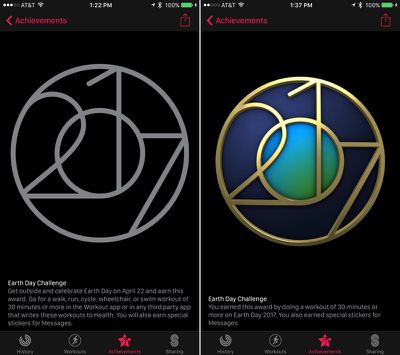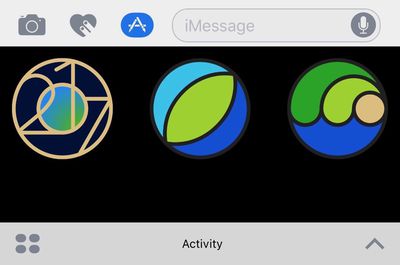During its F8 Developers Conference in San Jose, California this week, social media company Facebook revealed an ongoing project in which it aims to launch a product that will allow users to send emails, texts, and post status updates using only their thoughts (via Reuters).
Conducted in a new wing it calls "Building 8," Facebook said that any final hardware launch is a few years away, but it's believed that the company is looking at the new product as a way to diversify its income so it might not have to rely so heavily on advertising revenue.

Former Google executive and DARPA director Regina Dugan is leading Facebook's new initiative, which ultimately aims to allow users to type at 100 words per minute by monitoring their brain waves. Current technology allows researchers to type at eight words per minute, but it requires a brain implant. Facebook's solution, on the other hand, will be non-invasive.
Additionally, Facebook is working on a way for users to "hear through their skin." Beyond launching as an easier way to access Facebook and other content on smartphones, both technologies could see a huge surge in users who are deaf and disabled, or act as a way to break down the language barrier. "One day, not so far away, it may be possible for me to think in Mandarin and for you to feel it instantly in Spanish," Dugan said.
On Facebook, Dugan shared a few details about the "silent speech interface" projects:
Over the next 2 years, we will be building systems that demonstrate the capability to type at 100 wpm by decoding neural activity devoted to speech. Just as you take many photos and decide to share some of them, so too, you have many thoughts and decide to share some of them in the form of the spoken word. It is these words, words that you have already decided to send to the speech center of your brain, that we seek to turn into text. And unlike other approaches, ours will be focused on developing a non-invasive system that could one day become a speech prosthetic for people with communication disorders or a new means for input to AR. Even something as simple as a ‘yes/no’ brain click, or a ‘brain mouse’ would be transformative.
We also described a system that may one day allow you to hear through your skin. You have 2 square meters of skin on your body, packed with sensors, and wired to your brain. In the 19th century, Braille taught us that we could interpret small bumps on a surface as language. Since then many techniques have emerged that illustrate our brain’s ability to reconstruct language from components. Today we demonstrated an artificial cochlea of sorts and the beginnings of a new a ‘haptic vocabulary’.
And we’re just getting started…
Other products and initiatives mentioned during the F8 conference included "clear, fashionable AR glasses that don’t obscure eyes," internet connectivity in disaster zones, and a pair of new three-dimensional cameras. These last few projects are said to be more near term, while the thought-to-text and skin-listening technology are both "years away" from an end-user launch.
When asked if Facebook has any plans to build a voice assistant of its own for its iOS and Android apps, David Marcus, Facebook's VP of messaging products, told Variety this week, "We are not working on that actively right now." The company is instead focusing on bolstering its chat bot, "M" for Facebook Messenger, because it believes that users are more inclined to use text inputs to control their smartphones over their voice, particularly in crowded public situations.


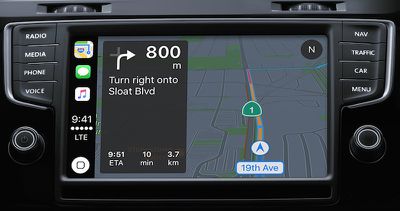
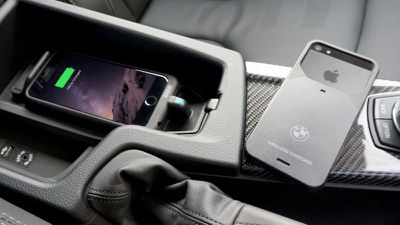

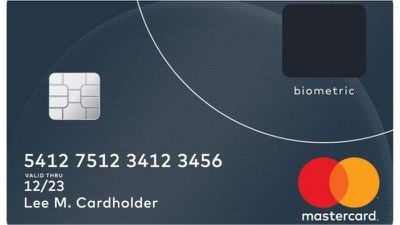
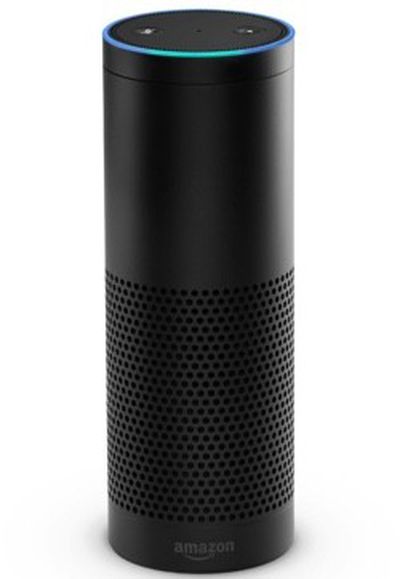 Amazon on Wednesday made the AI and voice-recognition software that powers the company's Alexa virtual assistant available to all its cloud-computing customers.
Amazon on Wednesday made the AI and voice-recognition software that powers the company's Alexa virtual assistant available to all its cloud-computing customers.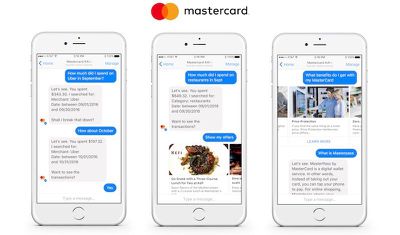
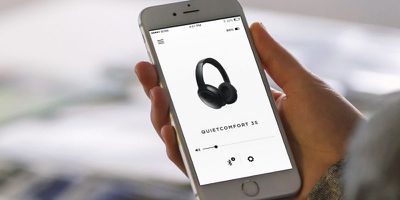
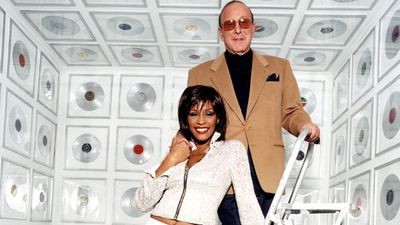
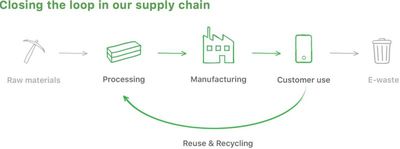
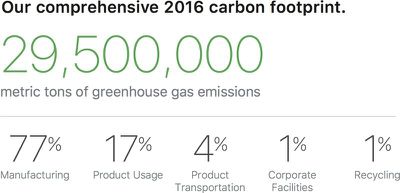
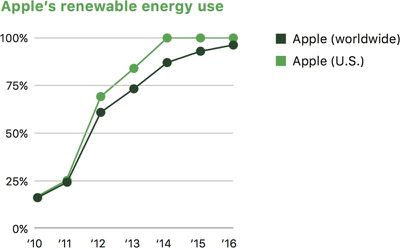


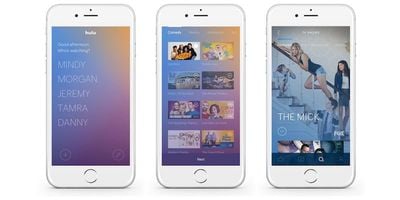

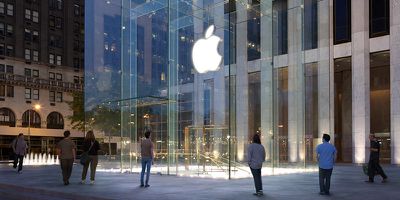
 Cartoon Network today announced that it has implemented support for several of Apple's recently introduced television features on the Apple TV and iOS devices, including the TV app, Single sign-on, and universal search.
Cartoon Network today announced that it has implemented support for several of Apple's recently introduced television features on the Apple TV and iOS devices, including the TV app, Single sign-on, and universal search.